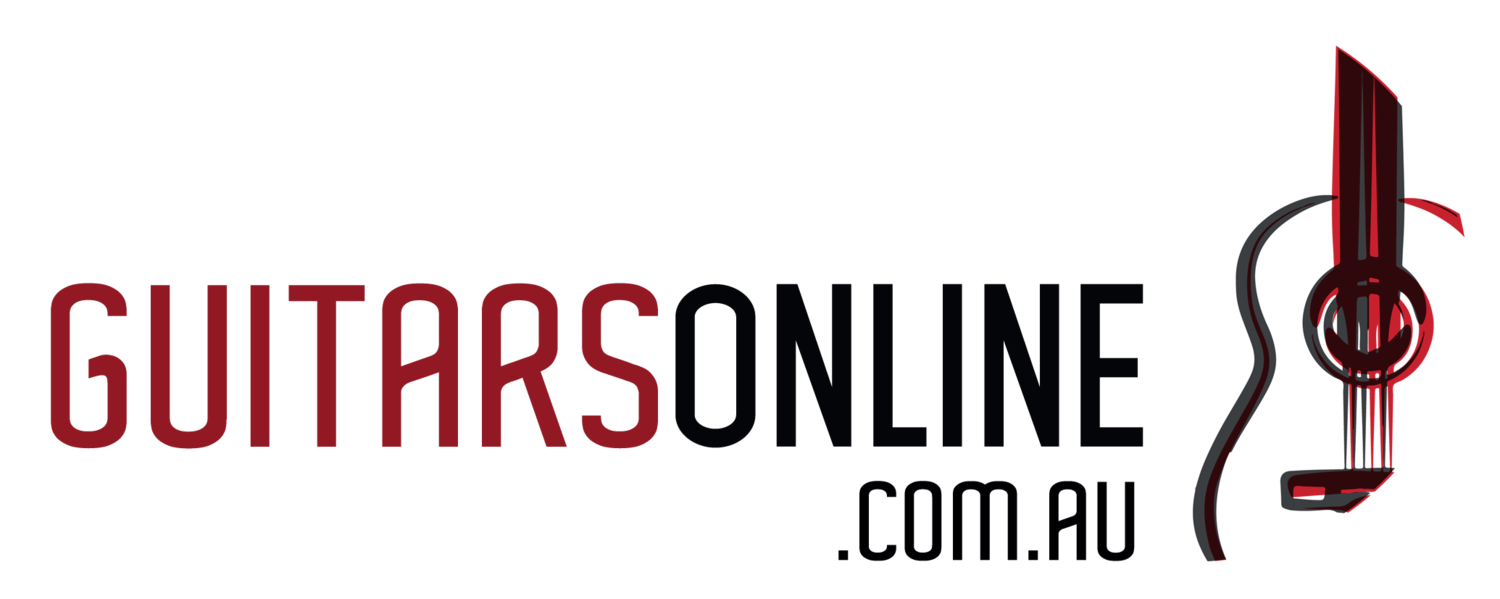Dynamics: Are they just in your imagination?
Dynamics
Dynamics: Are they just in your imagination?
How often have you thought you were playing extremely loud or so soft it was barely a whisper, but when listening back to a recording or getting feedback from listeners, it was barely perceptible to you or them?
This happened to me, so I’ve experimented for years to find habits that ensure my dynamic intentions come across.
Here are four habits that can help you ensure your imagined dynamic intentions really become a reality.
Habit #1: Write down every single dynamic intention into your score with coloured pencil
This sounds very simple and straightforward, but do you actually do it? I’ve had many students turn up to lessons with blank scores. Blank scores mean blank minds. You may have had many wonderful thoughts and intentions about your pieces, but if you don’t record them somehow, they will escape into the realm of the past and eventually into non-existence.
Why use coloured pencil? Answer: If you spend weeks, months or years writing ideas into one score in lead or pen, it will all become an indistinguishable blur.
You can view an image of one of my scores below. I would love to see your colourful scores once you get started, so please send them to me! You can actually make your scores quite beautiful and personal by doing this. Think of the score as your personal musical diary.
Habit #2: Record Yourself
Again, this is simple and straightforward, but do you actually do it? There is almost no excuse in this digital age to not record ourselves frequently. Here is an opportunity to actually use those distracting devices for a good purpose!
So, after marking your dynamic intention on the score and working on it briefly, record yourself. Make sure the dynamic intention is coming out into reality and isn’t just stuck in your imagination.
Habit #3: A default
If you’re ever stuck for ideas about when to add dynamics, here’s a simple default that you can apply to any piece/etude/exercise.
1. Rising/ascending melodic lines = Crescendo
2. Falling/descending melodic lines = Decrescendo
I found myself working on this deceptively simple approach to adding dynamics in almost every lesson with the great lutenist Paul O’Dette.
Habit #4: Add dynamics to your 15-minute time block of fundamental practice
Not too long from now, you’re going to get to love that open first string. I love it and practice fundamentals on it every day. I work on my tone, rhythm and dynamics, just on that first string. Why? Because it eliminates most other technical concerns and allows you to pour much more of your focus into your musical intention.
String players practice open strings frequently, it seems to be second nature for them. It’s not merely considered a rudimentary and boring part of playing. It’s a core fundamental that they pour their hearts into.
Have I convinced you yet? If there’s anything you get out of this series so far, I hope it’s this. Practice fundamentals on the open first-string on a daily basis.
I recommend practicing these three very basic fundamental dynamic shapes on the open first string. A video is below that shows how I do this, but you can discover your own way too.
About Daniel Nistico - the Resourceful Guitarist
The Resourceful Guitarist aims to help make you a resourceful guitarist by giving you easy access to free resources, pieces, and information that isn't easily available but can have powerful impacts on your playing.
I also aim to promote guitar music that is obscure today, but in my opinion, deserves much greater attention and recognition. This is stuff that you could easily spend hundreds, or even thousands of dollars on - scores, method books, recordings, lessons, etc.
The work I do is to search thoroughly for exceptional resources and promote them via writing, recordings, and videos.
I am truly passionate about this cause, so I keep this service free to you and have no ads. I pour many hours each day into this - in researching, practicing, recording, producing videos, making booklets, translating, and writing.
If you find value in what I do and would like to donate to this cause, then please consider becoming a patron and giving a recurring donation each month. These funds will assist me in website maintenance, video production, audio recordings, access to libraries, and more! Ultimately, you will be part of the mission to spread these old guitar treasures to people around the world. You will help to expand the guitar's cultural borders and ensure that its important history doesn't lay dormant.
Daniel Nistico is available for private guitar instruction in Melbourne.
Please call him on 0455 274 744 for more information and to arrange a free trial lesson, or
Click here for information on Daniel's Skype lessons



